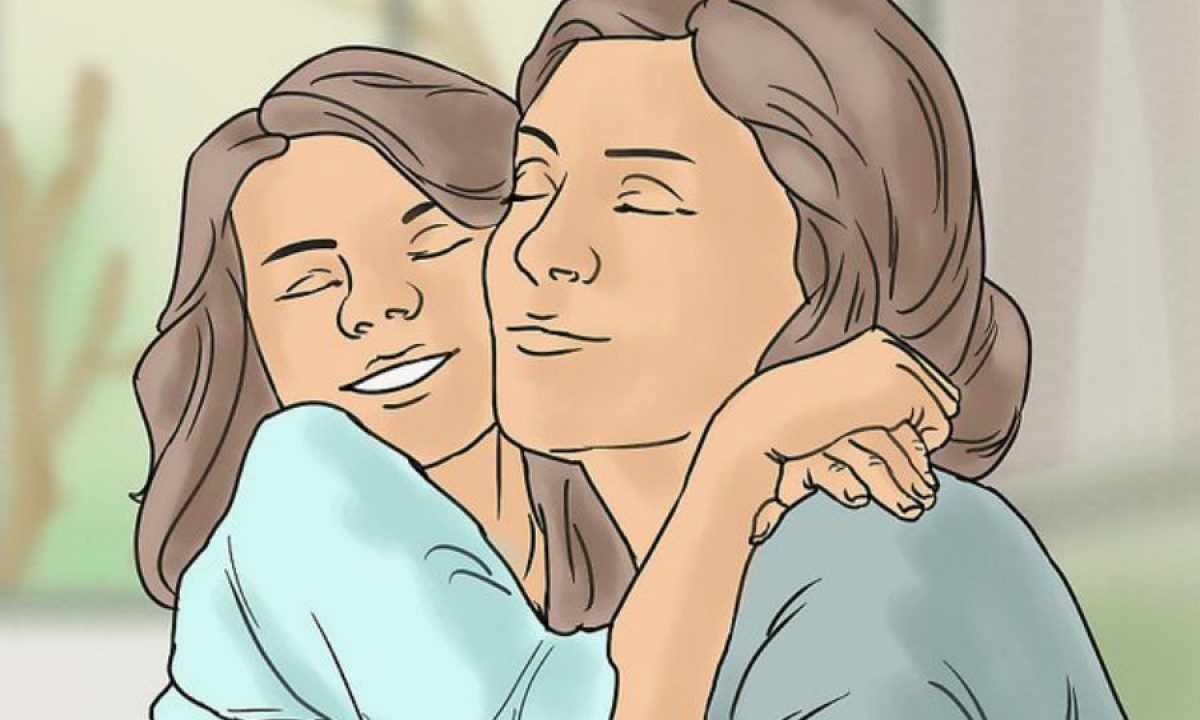Most of parents want their children to grow up cultural, educated and, of course, happy. Wish to give them as much as possible – to teach to appreciate life, to see beauty, to communicate, admire and just to rejoice. The fine arts are considered one of wonderful areas of human activity. Ability to understand and appreciate it – a gift which parents can present to the child.
It is about the way of knowledge and reflection of reality directed, first of all, to visual perception. It is possible to master its language everywhere, but the best place for communication is the museum. Of course, the house collection will approach too, besides it is often allowed not only to consider its exhibits, but also to touch. But nevertheless, the House of Muses this special space where beauty is in all magnificence and variety, is the unusual atmosphere which teaches respect for original objects, understanding of their high value.
To begin never late, but the earlier it will occur, the it will be easier also for your kid, and you. The first familiarizing happens to birth, in a stomach at mother, it is known – positive impressions well influence development of the arising little man. Aged from a year to three of your child it is already capable to perceive fine, but for knowledge so young being needs to try everything, kids do not understand worthiness of the image yet. Them it is necessary to induce to see, perceive and react. Kids colors learn to distinguish, a form of objects. At the same time you should not forget also about such quality as the invoice, trying with the child fluffy, smooth, prickly, you not only broaden his horizons, but also prepare for perception of language of the fine arts. As for opening days – at this age it is better to visit small expositions. Consider two-three objects, and of course pay attention to the fact that the museum this special place where it is necessary to behave as appropriate, the best grant in it will be your personal example.
For four-five-year-old the special value is gained by history, the fairy tale. Choose pictures with clear and curious to the baby a plot. Explain, discuss, you ask to tell you – children of these years magnificent authors. Boys adore considering the ships, cars, athletes and battles; girls – magnificent dresses, princesses and balls; all of them will discuss with pleasure the drawn children, any animals, games and fantastic plots. It is important to develop observation, it is not simple to watch ability, but also to see. This chapter can be studied as in gallery, and at home according to books and reproductions.
Did you sometime think why it is correct to tell museum of Fine Arts? Quite so – in plural. Because them a little and at everyone the language is valid. We approached understanding of types. In six-seven years of people it is already capable to distinguish them. From types of the fine arts of the most clear to children painting is, or, just speaking, a picture. Painting – means "to write life". The world is multi-colored, the picture tells in color, this its main graphic means. Performing painting is simplest for perception by the unprepared viewer, especially on what all "as in life". But by means of color the artist describes not only a plot and dresses of heroes. This means allows to transfer mood. Pick up "sad" and "cheerful" shades with the young friend, teach to distinguish him cold and warm, it is not difficult. Cold – blue and blue is ice and shadows on snow. Warm – yellow, orange, red is the sun and autumn leaves which absorbed all summer hot light of a fiery star. Green - special, it turns out from connection blue and yellow is a coloring of a grass and summer leaves, a life symbol in an iconography. These classes should be given also at exhibitions, and at home, and among the nature.
The world not only multi-color, everything that we are surrounded by three-dimensional. Volume – the main means of expression of a sculpture. The story about this look only at first sight presents to complexity. Believe, and you, and your younger companions know about it much. Try to list what the sculptor works with. He suits everything that it is capable to create volume: plaster, tree, stone, glass metal … Now call, only from what you created statues. Remembered plasticine? Perhaps – dough, fabric, paper, clay, sand. And snow?! The word "sculpture" comes from Latin I cut out, I cut. From a stone cut, cut out from a tree. There is an ancient word "sculpture" it also designates to cut superfluous. From soft materials, such as clay, dough, figures create by a molding or building, addition, such way is called plasticity. There is one more way – casting, cast from metal and plaster. The basis for creation of a sculpture is so various that too there is a lot of receptions: from glass blow, from wool drag, cut out from paper and stick together.
Graphics one more of main types of the fine arts. The name comes from Greek "I write, I draw". Pronounce several times this word, feel what it rigid, firm. Graphics means of expression at first sight seem avaricious and severe, the most important of them – the line. The most surprising that the lines separating tone or volumes in the nature do not exist. Despite this graphics is known from an extreme antiquity and your first arts, most likely, too belonged to this art form. To create the simplest graphic work there is enough any pencil and sheet of paper. Actually graphics is more diverse, it uses a stroke, a spot, paints are not alien to it, moreover it is printing. But not all at once, for a start explain to the child that even the black line on a white background can tell of much.

